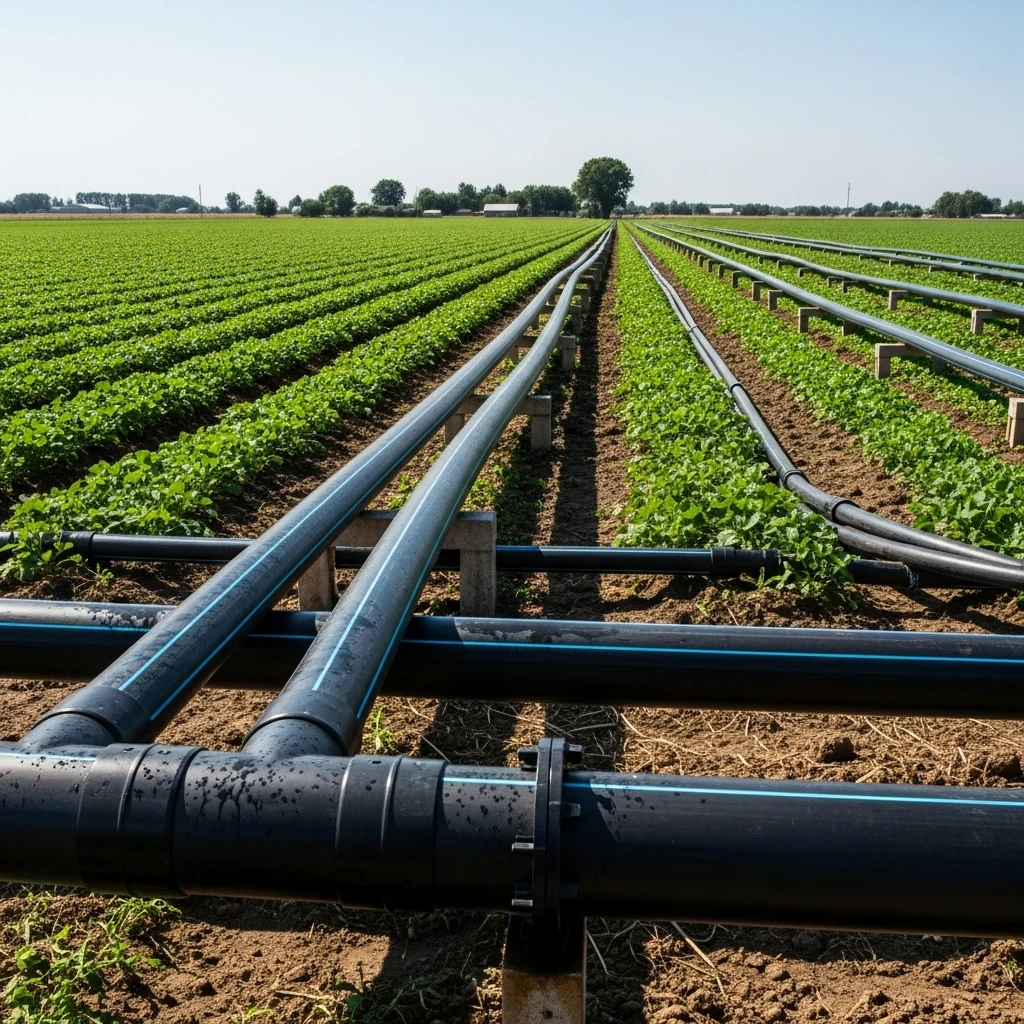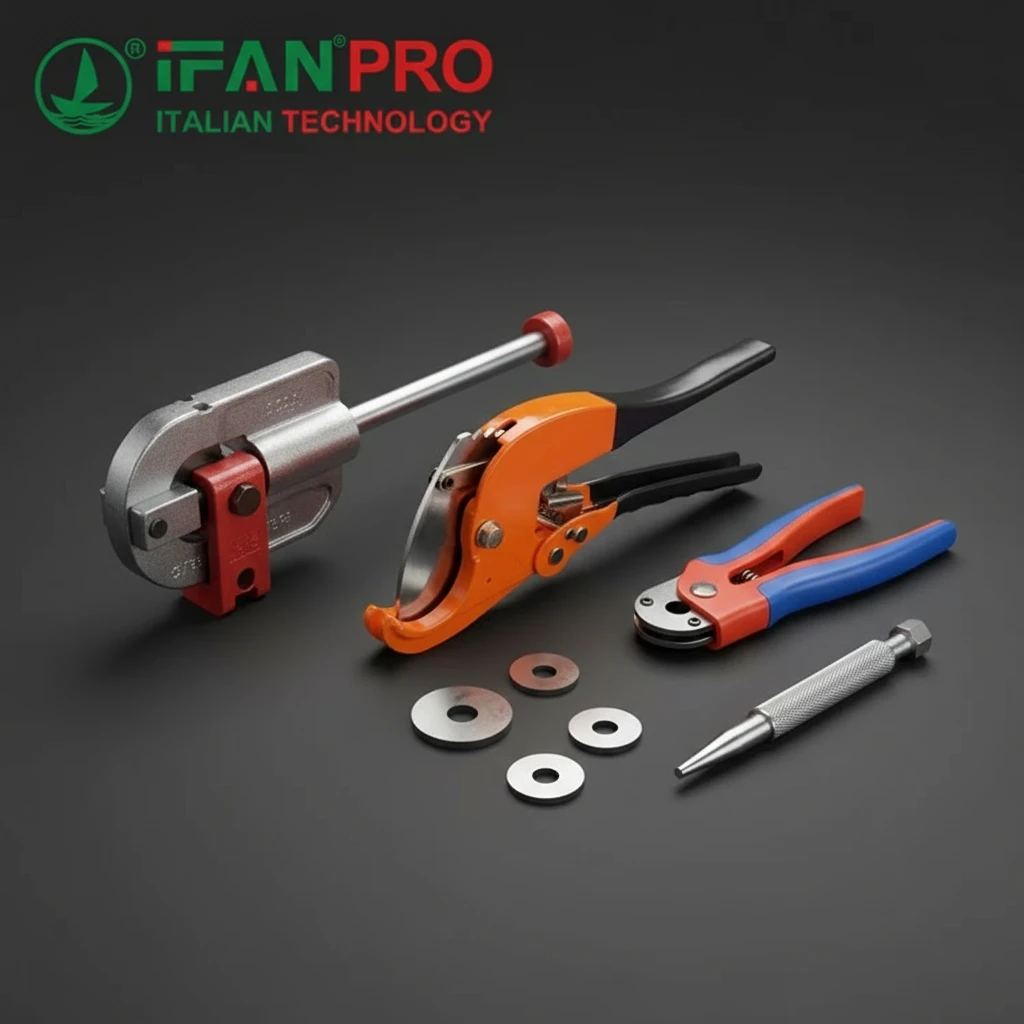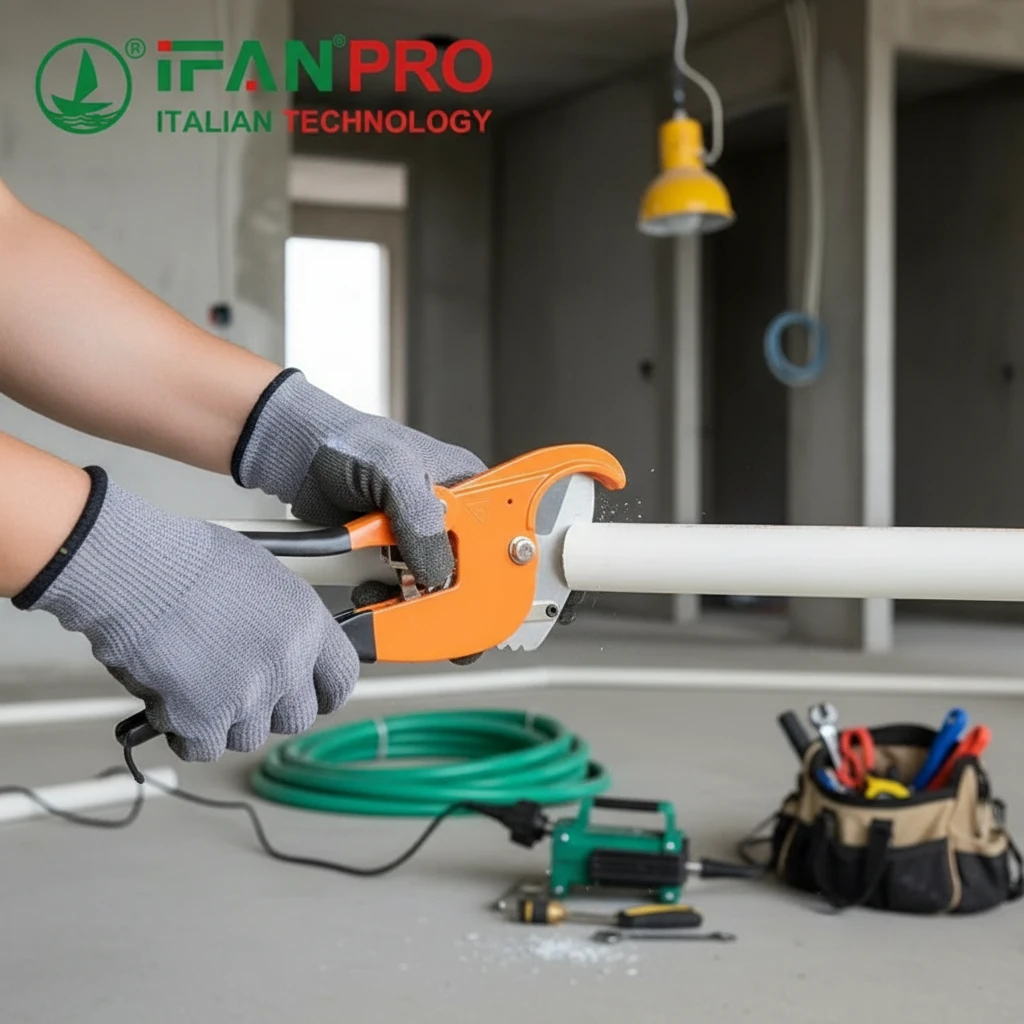Throughout my career, I’ve seen many HDPE components fail early in outdoor projects, causing significant client losses. Understanding HDPE’s relationship with UV radiation is crucial for long-term outdoor performance.
HDPE lacks natural resistance to UV degradation. Sunlight breaks down its polymer chains, causing embrittlement, cracking, and reduced strength. However, adding UV stabilizers like carbon black significantly improves resistance, enabling decades of reliable outdoor service.
Now, let’s examine why HDPE is vulnerable to UV light and how to protect it effectively.
What Makes HDPE Vulnerable to UV Radiation Exposure Outdoors?
Many project managers discover too late that untreated HDPE fails quickly in sunlight. From my experience reviewing failed installations, UV damage often causes unexpected cracking.
HDPE becomes vulnerable to UV radiation due to impurities in its polymer structure that absorb UV light. This starts photo-oxidation, breaking polymer chains through chain scission. The result is embrittlement, reduced strength, and surface cracking that damages material integrity over time.

The Science Behind UV Damage
HDPE’s weakness stems from its molecular structure and environmental interactions. Although pure HDPE contains carbon-hydrogen bonds that shouldn’t absorb UV radiation, manufacturing creates impurities that do absorb UV light. These include catalyst residues and carbonyl groups formed during processing.
When UV light hits these impurity spots, it generates free radicals through photo-oxidation. This begins a destructive process where polymer chains break down through chain scission, reducing molecular weight. As chains shorten, the material loses mechanical strength and becomes brittle.
Environmental Factors That Accelerate Damage
Several environmental conditions worsen this damage:
- Temperature: Higher temperatures significantly increase UV degradation speed
- UV Intensity: Stronger UV radiation causes faster damage
- Spectral Characteristics: UVB radiation causes more damage than UVA
Additionally, seasonal changes and geographic location affect degradation rates. For instance, tropical regions with intense sun exposure see faster deterioration than temperate zones.
Documented Mechanical Consequences
The mechanical property decline follows a clear pattern:
- Embrittlement: Material loses flexibility and impact resistance
- Surface Cracking: Microcracks appear and spread
- Strength Reduction: Tensile strength and elongation decrease
- Discoloration: Material typically yellows before severe damage
Research shows unprotected HDPE can lose over 40% of tensile strength after accelerated UV exposure equal to few years of outdoor use. This damage isn’t just surface-level—it seriously weakens the material’s structure.
How Does Carbon Black Addition Enhance HDPE UV Resistance Performance?
Having specified carbon-black-loaded HDPE for critical outdoor projects, I’ve observed remarkable performance differences.
Carbon black improves HDPE UV resistance by acting as both UV absorber and protective screen. When properly mixed at 2-3% concentration, it reduces UV damage by about 90%, maintaining mechanical properties and preventing embrittlement.
How Protection Works
Carbon black works through multiple protective methods:
- Radiation Screening: Particles create physical barrier that absorbs and scatters UV
- Free Radical Quenching: Acts as free radical scavenger
- Energy Dissipation: Converts UV energy into harmless heat
Effectiveness depends heavily on concentration and distribution. Research shows best protection at 2-2.5% concentration with even distribution. Lower concentrations give incomplete protection, while higher levels can hurt mechanical properties.
Performance Comparison Data
The improvement with carbon black is measurable and significant:
| Property | Unprotected HDPE After UV Exposure | Carbon Black HDPE After UV Exposure |
|---|---|---|
| Tensile Strength Reduction | 42.13% | 4.2% |
| Elongation at Break Reduction | 52.9% | 10.38% |
| Surface Cracking | Severe | Minimal to none |
| Lifespan Extension | Baseline | 5-6 times longer |
Implementation Considerations
Successful use requires attention to technical details:
- Dispersion Quality: Poor mixing creates weak spots
- Particle Size: Smaller particles provide better protection
- Composite Systems: Combining carbon black with other stabilizers creates better protection
Furthermore, manufacturing process greatly affects results. High-speed blending with twin-screw extrusion ensures even distribution, preventing weak spots where damage can start.
What Are the Effective Methods for Protecting HDPE From UV Damage?
Through years of product development, I’ve tested many stabilization methods with varying success.
Effective HDPE UV protection methods include: (1) adding 2-3% carbon black, (2) using HALS stabilizers, (3) applying hybrid systems, and (4) using surface coatings. Best protection combines multiple approaches.
Carbon Black Optimization
Carbon black remains most cost-effective primary protection, but requires precision:
- Best Concentration: 2-2.5% by weight
- Mixing Techniques: Twin-screw extrusion gives better mixing
- Grade Selection: Smaller particle sizes offer better protection
The manufacturing process significantly affects outcomes. Proper blending and extrusion prevent weak spots where degradation begins.
Advanced Stabilizer Systems
For applications where black color isn’t wanted, alternative systems work well:
- HALS Stabilizers: Stop damage cycle by capturing free radicals
- Hybrid Systems: Combine HALS with carbon black for better effects
- Nanoparticle Additives: Provide UV screening without coloring
Studies show HDPE with 2% carbon black and 2% zinc oxide maintains excellent properties after extended UV exposure.
Special Formulation Strategies
Different applications need customized approaches:
For Thick-Section Applications:
- Carbon black loading at 2-2.5%
- Additional HALS for extra protection
- Antioxidants to prevent heat damage
For Thin Films:
- HALS stabilizers for surface protection
- UV-absorbing nanoparticles
- Co-extrusion with stabilized layers
For Colored Applications:
- High-performance HALS packages
- UV-absorbing additives
- Nano-composite formulations
The most complete protection usually combines multiple methods, creating layered defense against UV radiation.
How Long Can HDPE Pipes Last in Direct Sunlight Applications?
From examining HDPE pipe failures across climates, I’ve gained practical insight into lifespan factors.
Properly stabilized HDPE pipes can last 20-50 years in direct sunlight. With 2-3% carbon black, lifespan reaches 20-30 years, while advanced systems can extend to 40-50 years. Actual longevity depends on UV intensity, temperature, and stabilization quality.
How Stabilization Affects Lifespan
The stabilization method greatly influences longevity:
- Unprotected HDPE: Under 5 years before failure
- Basic Carbon Black: 20-30 years service life
- Advanced Systems: 40-50 years, sometimes longer
Research shows carbon black at 2% concentration can extend lifespan 5-6 times compared to unstabilized material. This makes proper stabilization essential for outdoor applications.
Environmental Factor Effects
Multiple environmental conditions determine actual service life:
- Geographic Location: Higher UV areas degrade faster
- Altitude: Higher elevations get more intense UV
- Temperature: Heat accelerates damage
- Seasonal Changes: Summer causes more harm
Studies using accelerated testing have established reliable connections between lab results and real-world performance.
Predictive Methods
Advanced modeling has improved prediction accuracy:
- Accelerated Weathering: Simulates years of exposure quickly
- Temperature Modeling: Predicts heat effects on degradation
- Property Tracking: Monitors strength and flexibility changes
These models account for the complex relationship between UV intensity and damage rate.
Failure Progression
HDPE pipe failure in sunlight typically follows this sequence:
- Surface Changes: Initial chemical damage
- Embrittlement: Reduced flexibility
- Microcracking: Small cracks appear
- Crack Growth: Cracks expand
- Structural Failure: Leaks or breaks occur
The shift from stage 3 to stage 4 usually marks the end of practical service life.
Conclusion
HDPE requires proper UV stabilization for outdoor use, but with correct additives, it can provide decades of reliable service. For guaranteed UV-resistant HDPE pipes meeting international standards, choose IFAN for your next project.














Commentaires récents